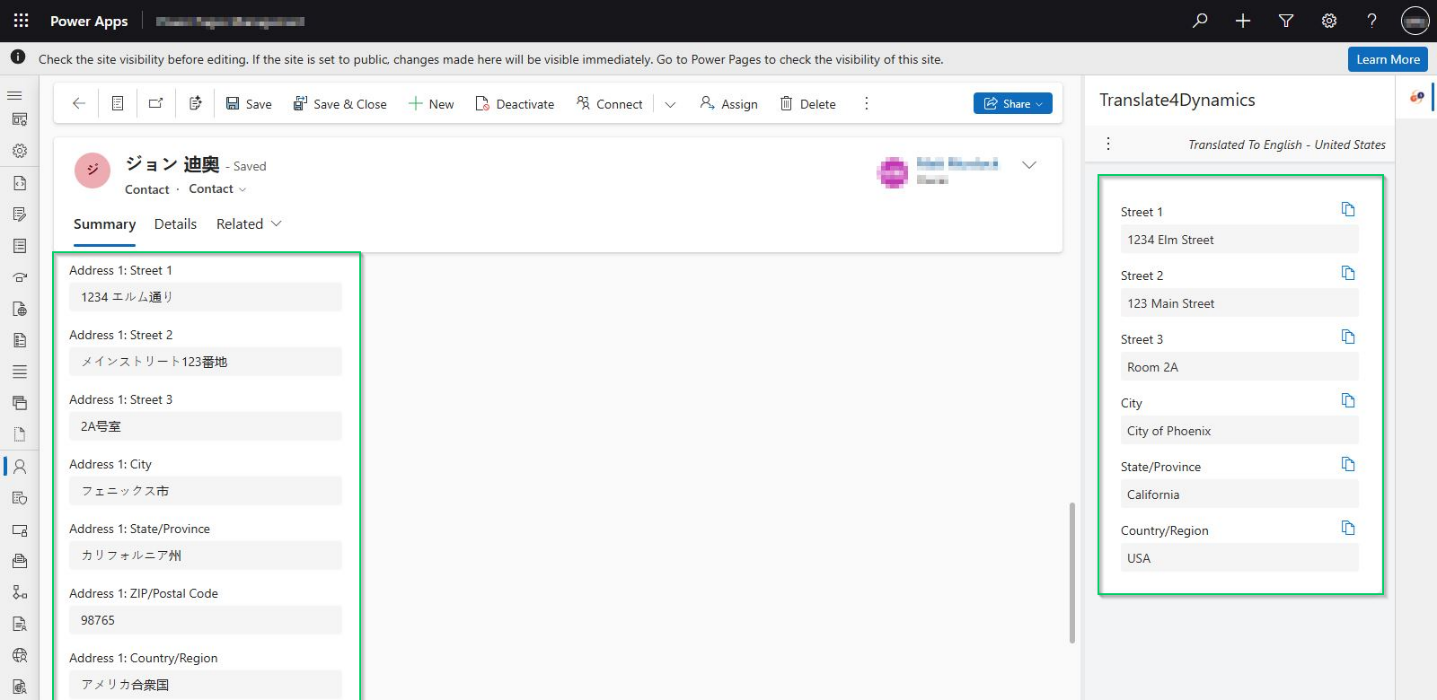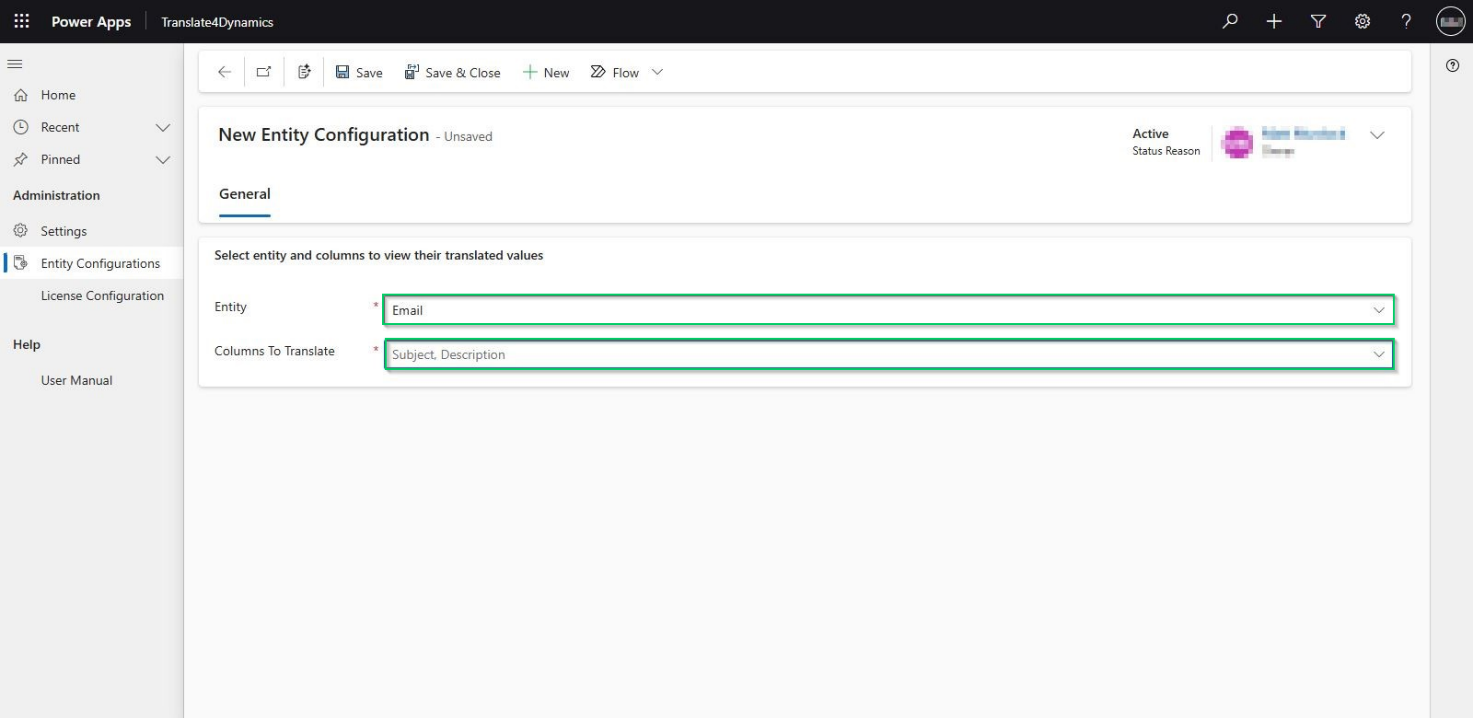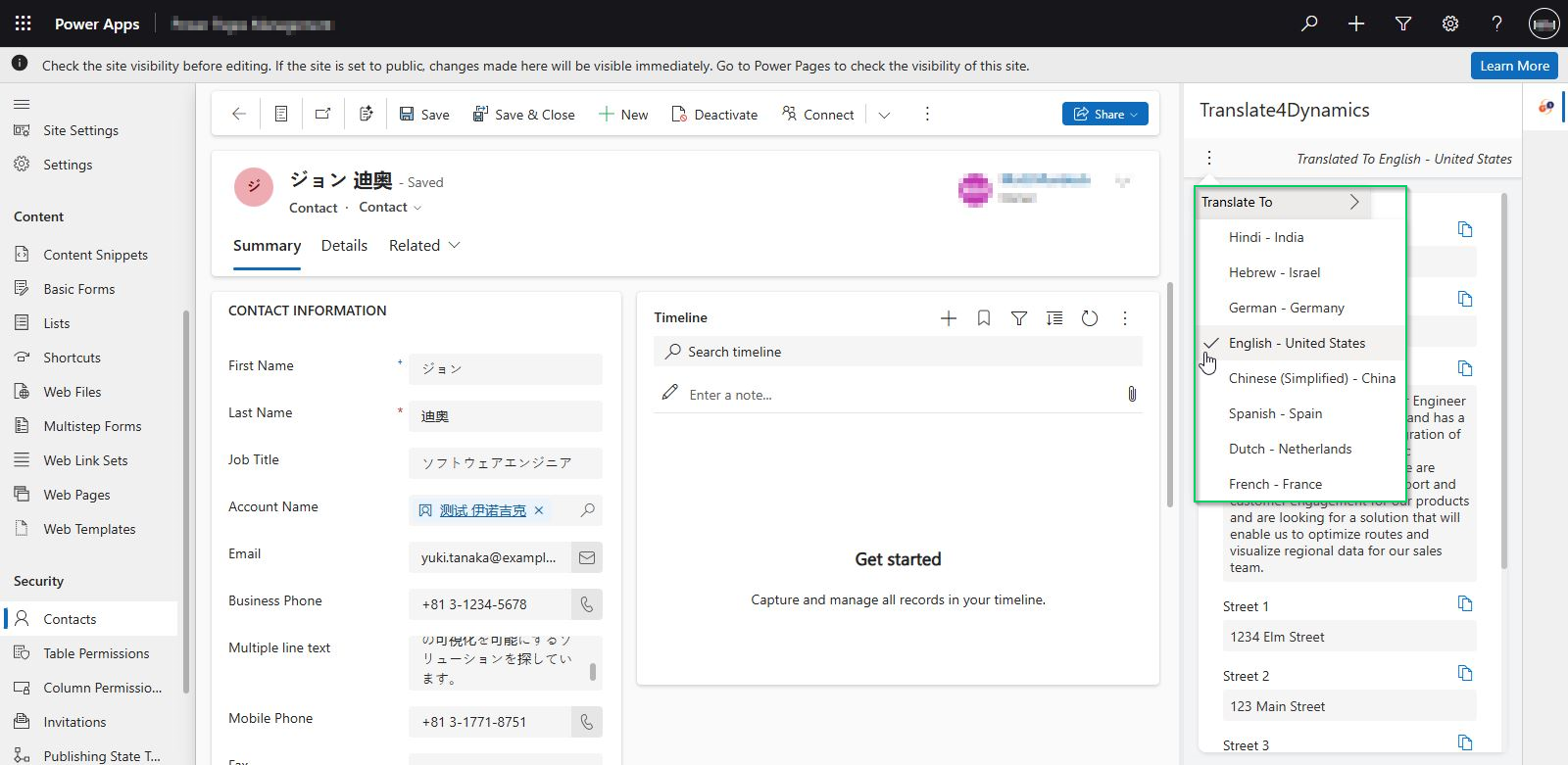Now Reading: The Complete Guide to Dynamics 365 CRM Translation – Custom entities, field text et al.
-
01
The Complete Guide to Dynamics 365 CRM Translation – Custom entities, field text et al.
The Complete Guide to Dynamics 365 CRM Translation – Custom entities, field text et al.

Struggling to translate CRM field values in Dynamics 365?
You’re not alone.
As businesses expand across regions, language should never be a barrier to productivity. While Dynamics 365 CRM offers multilingual support for user interface elements, many organizations still face challenges when it comes to translating the actual data — like free-text fields, option sets, notes, and emails — especially when collaborating with global teams.
This guide answers the most commonly asked questions around translating CRM data, including support for custom fields and entities.
Discover how Translate4Dynamics enhances your CRM experience with real-time, in-app translation powered by Azure AI Translator – helping your teams communicate more effectively and work seamlessly across languages, all within Dynamics 365.
Can Dynamics 365 natively translate field values?
No. Microsoft Dynamics 365 CRM allows native translation of user interface elements, including field labels, form tabs, and menu items, but does not translate field values. The actual data entered by users (like picklist options, free-text descriptions, or emails) is stored as-is and not translated out of the box.
Why is field value translation important in a CRM?
In a multilingual or globally distributed team, field value translation or multilingual CRM data translation is essential. Your CRM data, such as leads, opportunities, or case details, needs to be understandable by users working in different languages. This ensures:
- Faster collaboration across regions
- Consistent data interpretation
- Improved customer interactions
- Accurate reporting
- Seamless team communication
Without field value translation, teams risk data misinterpretation, delays, and errors.
How to address the Dynamics 365 CRM field value translation problem?
Translate4Dynamics is an app by Inogic that enables real-time in-app translation of field values of OOB or custom entities within Microsoft Dynamics 365 CRM. Powered by Azure AI Translator, it can translate:
- Leads
- Opportunities
- Contacts
- Product details
- Case records
- Emails
—all without leaving Dynamics 365.
Users can instantly see data in their preferred language, enabling faster, more confident decision-making.
Is Translate4Dynamics secure for sensitive CRM data?
Absolutely. Translate4Dynamics uses Microsoft’s Azure AI Translator, ensuring translations are secure, compliant, and governed within the Microsoft ecosystem. There’s no need to copy data outside your CRM environment, preserving both privacy and data security.

How can sales teams use field value translation in real time?
Sales teams can instantly translate fields for opportunities, leads, or product data in their preferred language. They can even select which columns to translate, viewing the original and translated data side-by-side.
This helps:
- Increase sales rep confidence
- Personalize outreach
- Shorten the sales cycle
- Avoid language-based delays
For example, a German sales team receives an English-created opportunity record. Using Translate4Dynamics, they instantly view opportunity details in German, interact with the prospect in German, and continue their workflow without any manual translations.
How does Translate4Dynamics benefit customer service teams?
Customer service professionals face similar challenges, especially when handling cases from multilingual customers. Translate4Dynamics offers:
- On-demand translation for case details, emails, or chats
- Side-by-side viewing, showing the original language and translation together
- Rich text support (preserving bold, bullet points, lists, and colors)
- Easily translate custom entity fields.
- Faster response times since agents don’t have to leave CRM
For example, imagine a Spanish-speaking customer submits a support case in Spanish. An agent clicks “Translate” and instantly sees the Spanish text along with an English translation, including any rich text formatting. The agent can respond confidently in either language, maintaining a seamless support experience.
Can I configure which fields to translate in Dynamics 365 CRM?
Yes. Using Translate4Dynamics, you can because the app provides highly configurable settings for customization. You can specify exactly which columns or fields (OOB or Custom) to translate, ensuring only the most relevant data is processed. This optimizes performance and controls translation costs while keeping your CRM lean and efficient.

Why shouldn’t I just copy and paste CRM data into Google Translate?
A: While tempting, copy-pasting data to external translators has serious drawbacks:
- Data privacy and compliance risks
- Breaks CRM data integrity
- Wastes time and disrupts workflow
- Increases the chance of errors
Translate4Dynamics solves all of these issues by keeping multilingual CRM data securely within your Dynamics 365 environment through a built-in in-app translation experience.
Which business scenarios benefit the most from field value translation?
Field value translation is especially valuable in:
- Lead qualification: qualify leads in the local language
- Opportunity management: review opportunities created by global teams
- Case resolution: handle multilingual support cases quickly
- Customer follow-up: engage customers in their preferred language
If your CRM supports a multilingual user base, Translate4Dynamics can remove language bottlenecks and dramatically improve collaboration.
Does field value translation work with custom entities and custom fields?
Translate4Dynamics supports both standard and custom entities. As long as you configure the fields you want translated, the app can handle custom fields, picklists, and even multi-line text areas.
Will translated field values stay updated if the original value changes?
Yes. Translate4Dynamics uses on-demand or real-time translation, ensuring the translated field reflects any updates instantly without requiring manual intervention.

Can I audit or log which translations happened?
Translate4Dynamics supports auditing of translation operations so you can track which fields were translated, supporting compliance and internal governance.
Conclusion
Field value translation is no longer optional for global businesses — it is essential for maintaining consistent multilingual CRM data. Microsoft Dynamics 365 supports UI translation out of the box, but leaves a critical gap when it comes to the actual data.
Translate4Dynamics fills this gap with secure, in-app, real-time, Azure-powered field value translation, empowering your sales, marketing, and service teams to collaborate effectively and deliver consistent, high-quality customer experiences in any language.
Want to know more?
Explore our Knowledge Docs or watch the quick demo video to see it in action.
Want to try it firsthand? Get a 15-day free trial directly from our website or Microsoft Appsource.
Prefer a guided walkthrough? Book a personalized demo and watch the difference unfold in real time.
Have questions or ready to dive in? Reach out to us at crm@inogic.com.
The post The Complete Guide to Dynamics 365 CRM Translation – Custom entities, field text et al. first appeared on Microsoft Dynamics 365 CRM Tips and Tricks.
Original Post https://www.inogic.com/blog/2025/07/the-complete-guide-to-dynamics-365-crm-translation-custom-entities-field-text-et-al/











